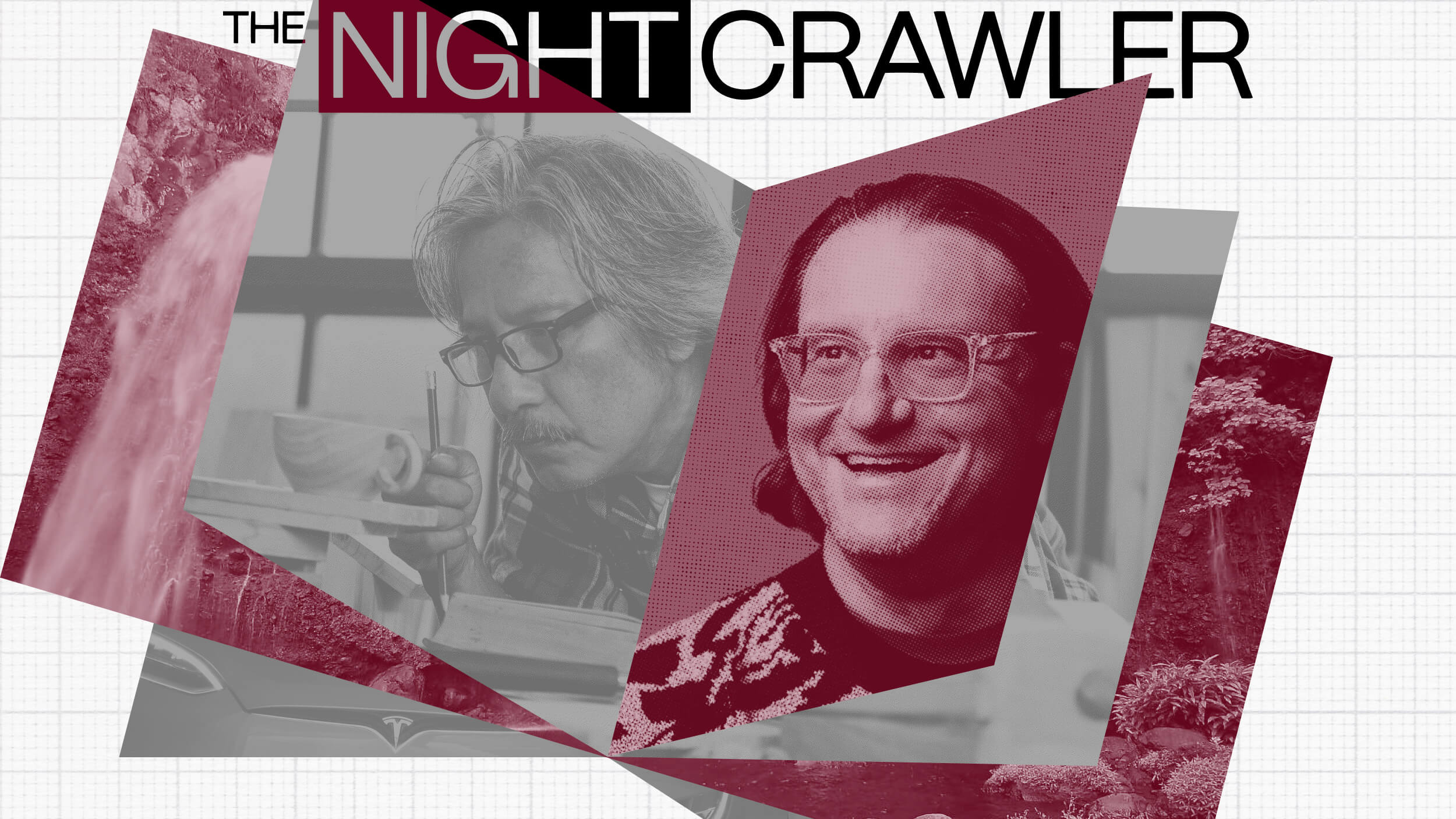The expansion of the legal market around the world has benefited massive corporate law firms at the expense of small community firms, says Kramer.
Question: How has the legal profession changed in the past five years?
Larry Kramer: So the changes have taken place, actually I think over a slightly longer period than five years. I mean, it’s been coming for a long time and then accelerating somewhat in recent years. And there’s a lot, there’s a huge number of changes. I think a big part of it was globalization. And so the legal market expanded hugely. American firms, because of something about, I think, the tradition of American legal education, have largely dominated the internationalization of law, and so a huge number of jobs opened up. And the economic structure of the firm changed to accommodate that. So law firms, which used to be relatively small, in fact—the biggest law firms in the 1980’s were, you know, 200 lawyers, 250 lawyers—suddenly grew so now you’re talking about firms that have seven or eight thousand lawyers. And firms that might have two offices or three offices, suddenly have 20 or 30 offices all over the world. And in order to sustain that, you know, the small community that firms you used to be, that used to, you know, you made a lifetime commitment, you were a part of the firm... yes, you were supposed to generate profit and bring in business, but it was also a kind of family and people helped each other out and if times were slow you shifted your business and you got carried along. A lot of that began to disappear as the need to sustain the new economic model emerged.
At the same time, and partly because of this, there was increasing specialization in the practice, and the leverage changed, so you used to have, you know, maybe two partners per associate, or maybe one to one, and suddenly it flipped and now you’ve got seven or eight associates for each partner. And in order to produce the income that’s necessary with that model, the associates all have to bill lots and lots of hours, and, so that changed the nature of the work that they did.
At the same time—and literally at the same time—The American Lawyer comes out with a ranking of law firms, which had never existed before, and the ranking focuses on profits per partner. And so suddenly in order to sustain your ranking, you have to generate high profits per partner, which exacerbates that model even more, because again, now you want few partners, lots of associates generating lots of money that produces a high profit per partner figure.
And so all of that changes the culture inside the law firms, to a really large extent and the nature of the work they’re doing. In the meantime, the other major development that drives things in the profession is the clients become considerably more sophisticated in, you know, managing the law firms that they hire. So it used to be that in-house council, inside, you know, a company did very little work themselves, they had small offices. Their main task was soliciting the outside firms, to whom they would give business, from whom they would seek advice. Suddenly in-house offices have become larger, they’ve become more sophisticated, they can do all sorts of work themselves that didn’t used to be done in house, some of that’s driven by technology, which enables them to do this as well. That diminishes the amount of work that the firms can do and a lot of the profit generating work suddenly doesn’t need to be done by the law firms. And at the same time, the people running the in-house offices become themselves much more sophisticated at managing outside lawyers and so they begin to put pressure on the firms to reduce costs at the very same time that the firms are in this position where they need to generate larger amounts of, just, billable hours. And so all of that has come together to produce a really complicated set of pressures, pushing and pulling in all sorts of different directions.
Question: In this model of consolidated corporate firms, everyone can’t become a partner; what happens to those who don’t?
Larry Kramer: Well, from about the mid 1980s until, you know, just really recently, a couple years ago, actually the profession was expanding hugely, so they could. So, yes, so the model was, you would hire huge classes of incoming lawyers in the first or second year, maybe, you know, 125, 130 lawyers coming in on the assumption that by the second, third, fourth year, they would be moving out. And so you’d have fewer numbers who were going to, you know, work their way up the ladder to partnership. The lawyers who were moving out, though, they had places to go. I think between, say 1985 and 2005, the legal market expanded by about 77%. In that same period, law schools expanded in terms of the number of students that they were taking by only about 7%, at least at the established law schools. And so there was lots of demand and lots of room for growth.
And what happened last year when the economy collapsed was suddenly nobody was hiring. So there was nowhere... that’s why you had layoffs. The layoffs were heavily in the third and fourth year classes, not in the beginning lawyers, right? Because people who were supposed to move out suddenly had nowhere to go, but the firms' economic model didn’t have room for them to stay there, so they had to do some layoffs.
Recorded May 5, 2010
Interviewed by Jessica Liebman





